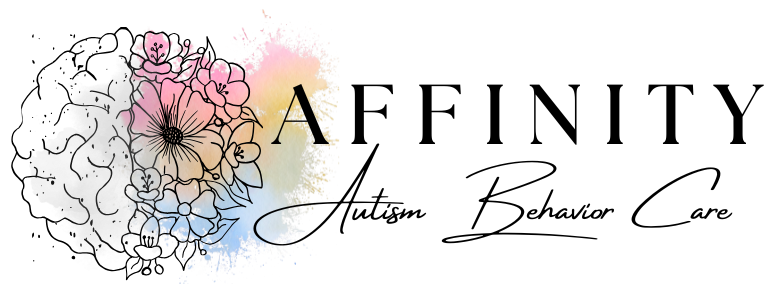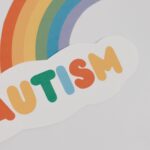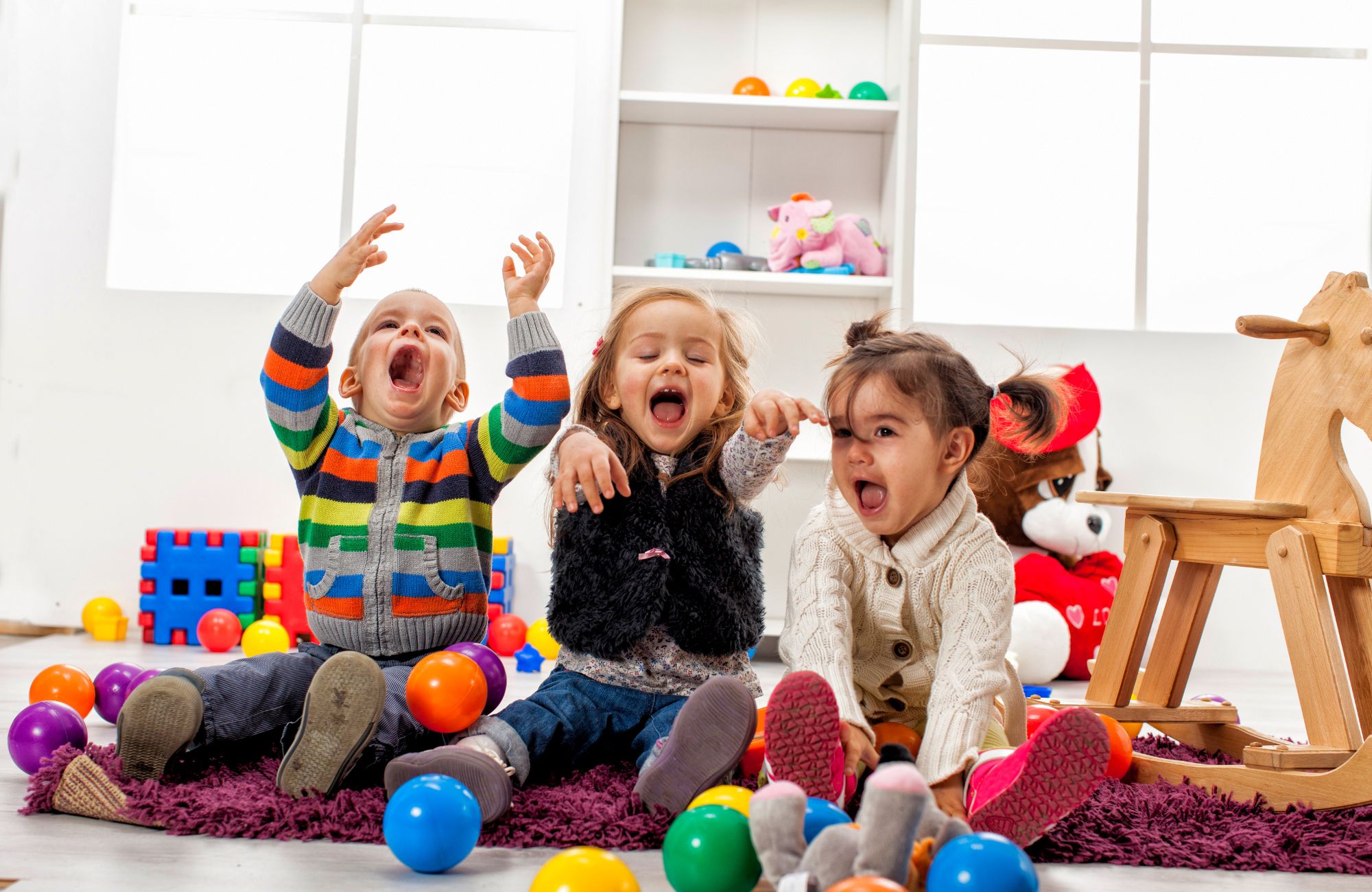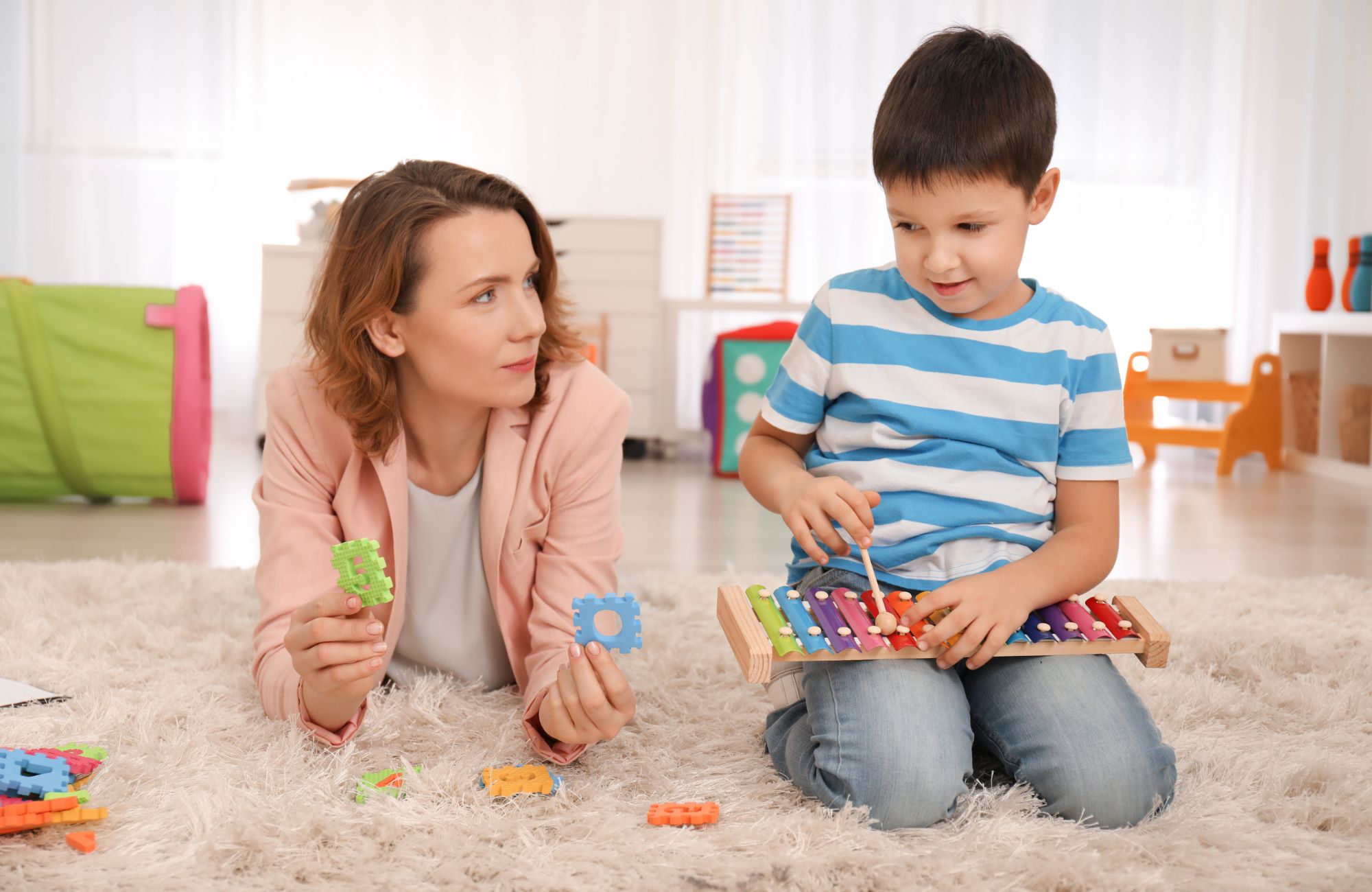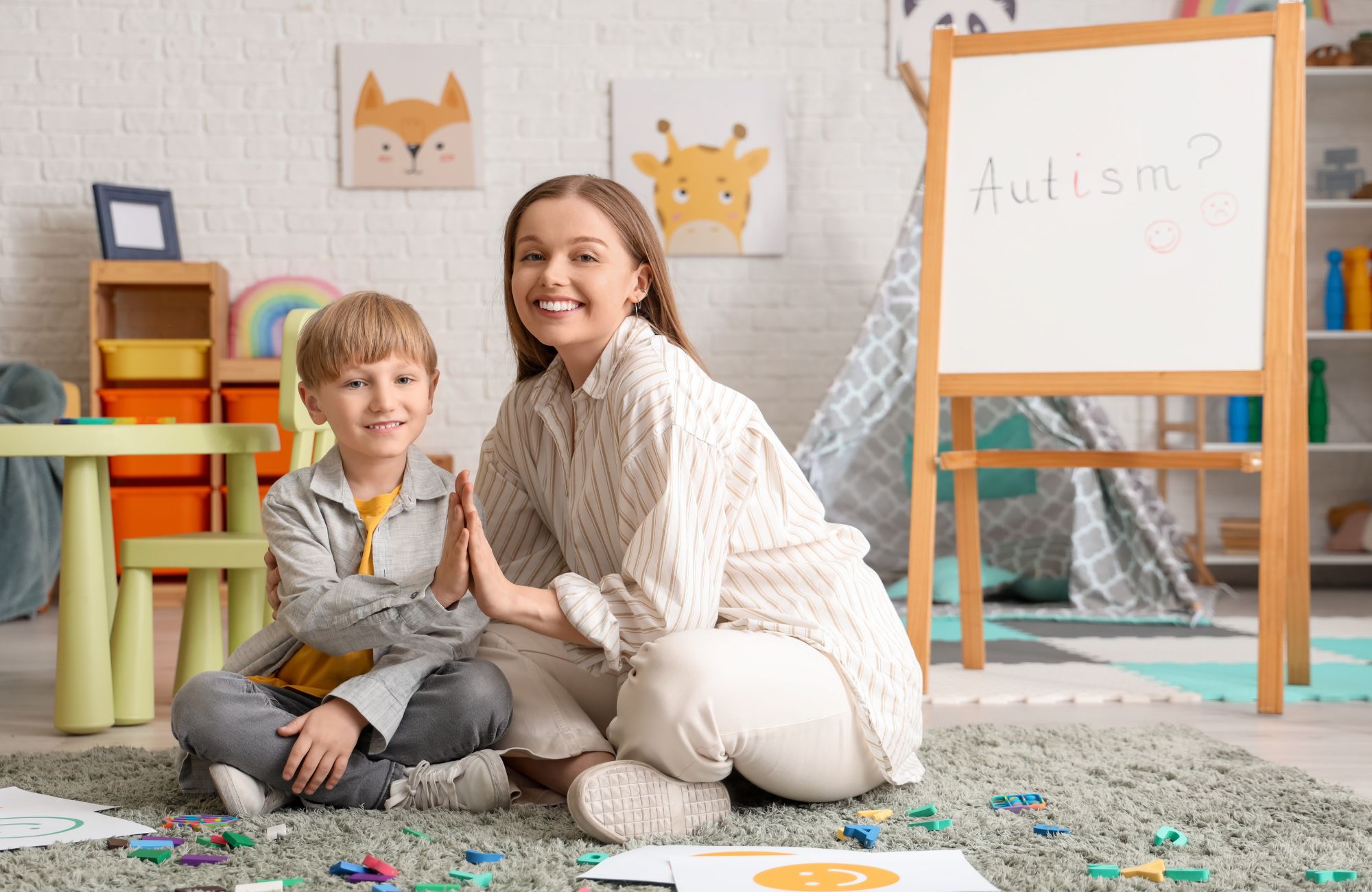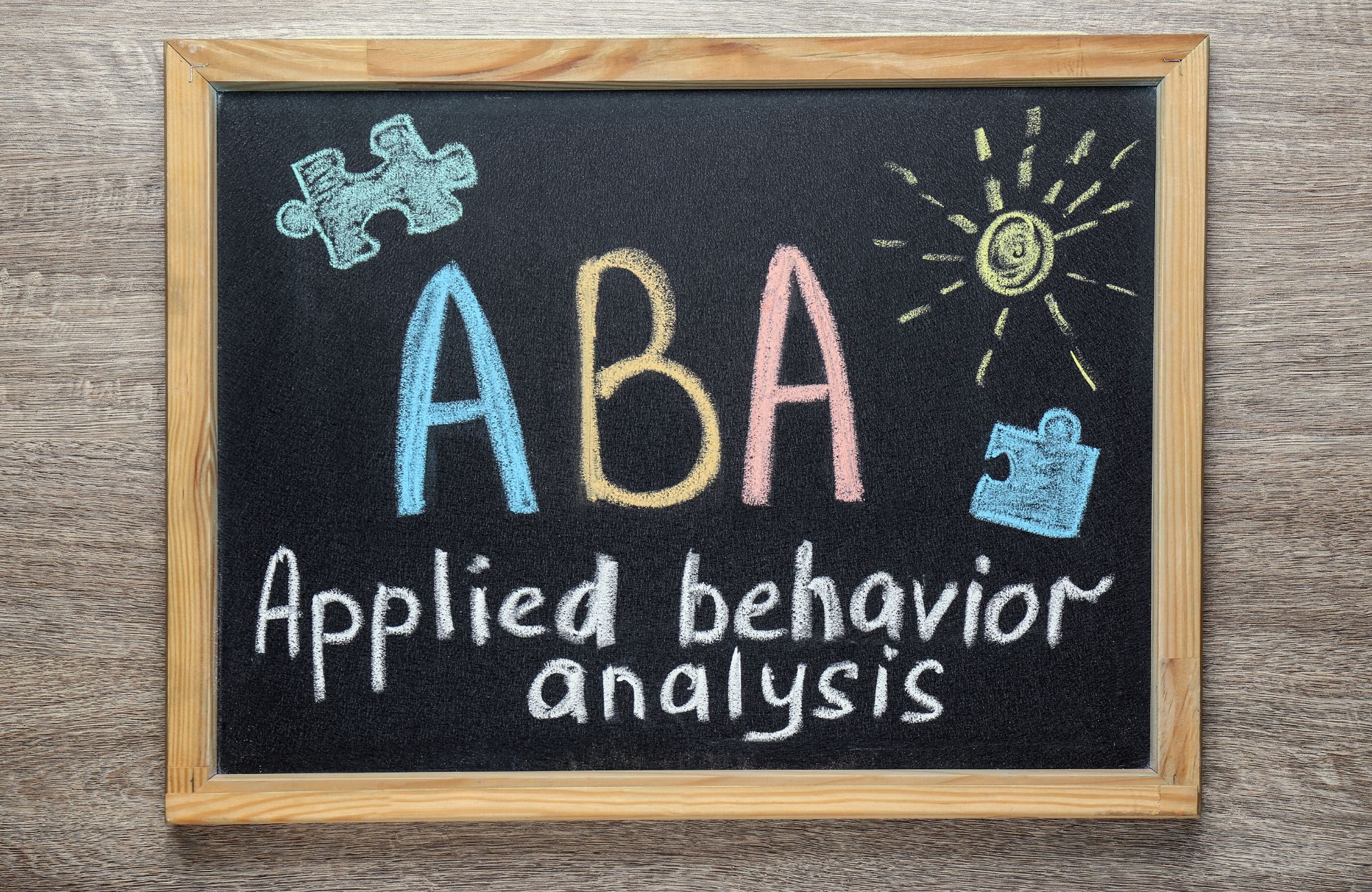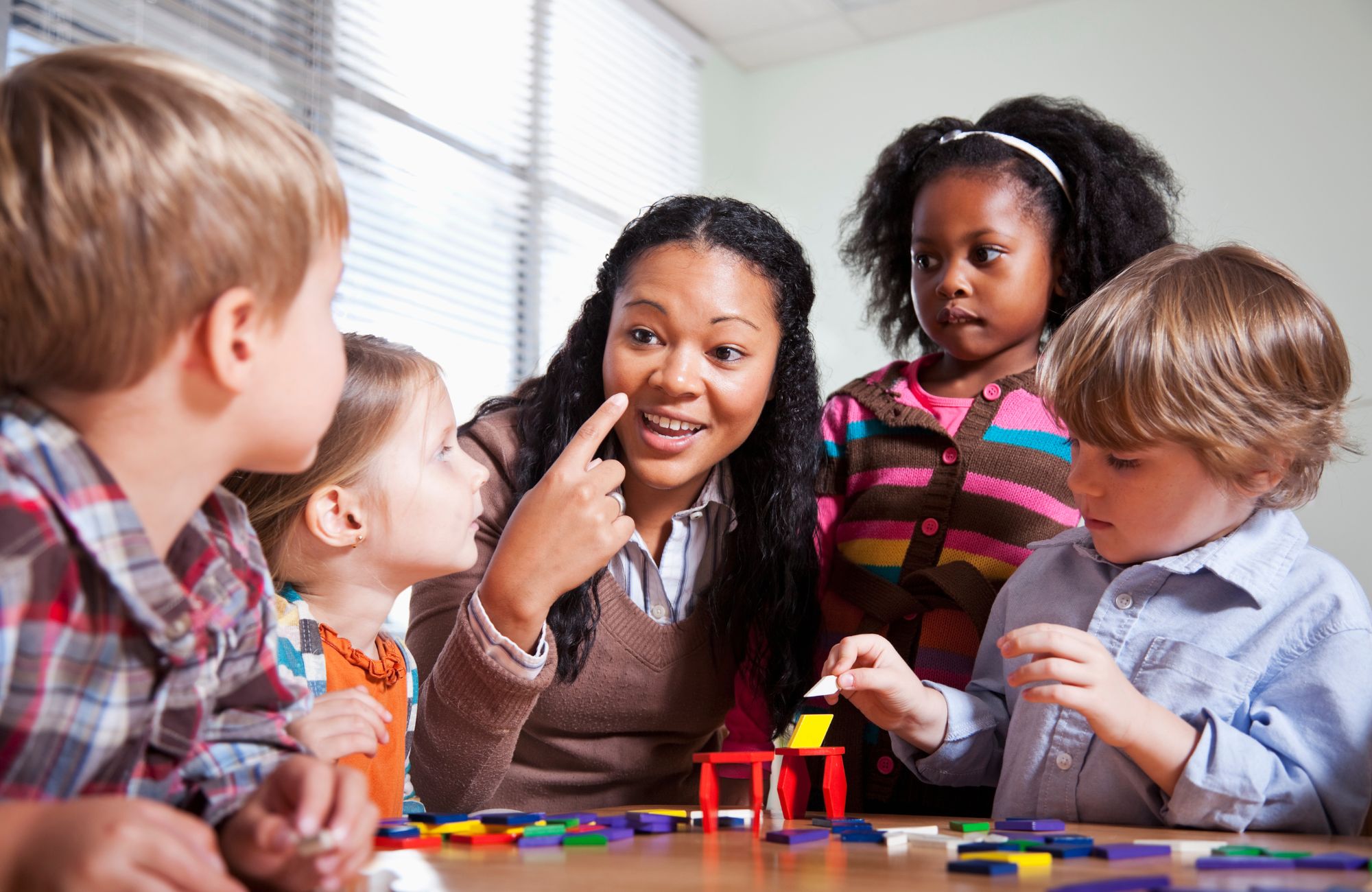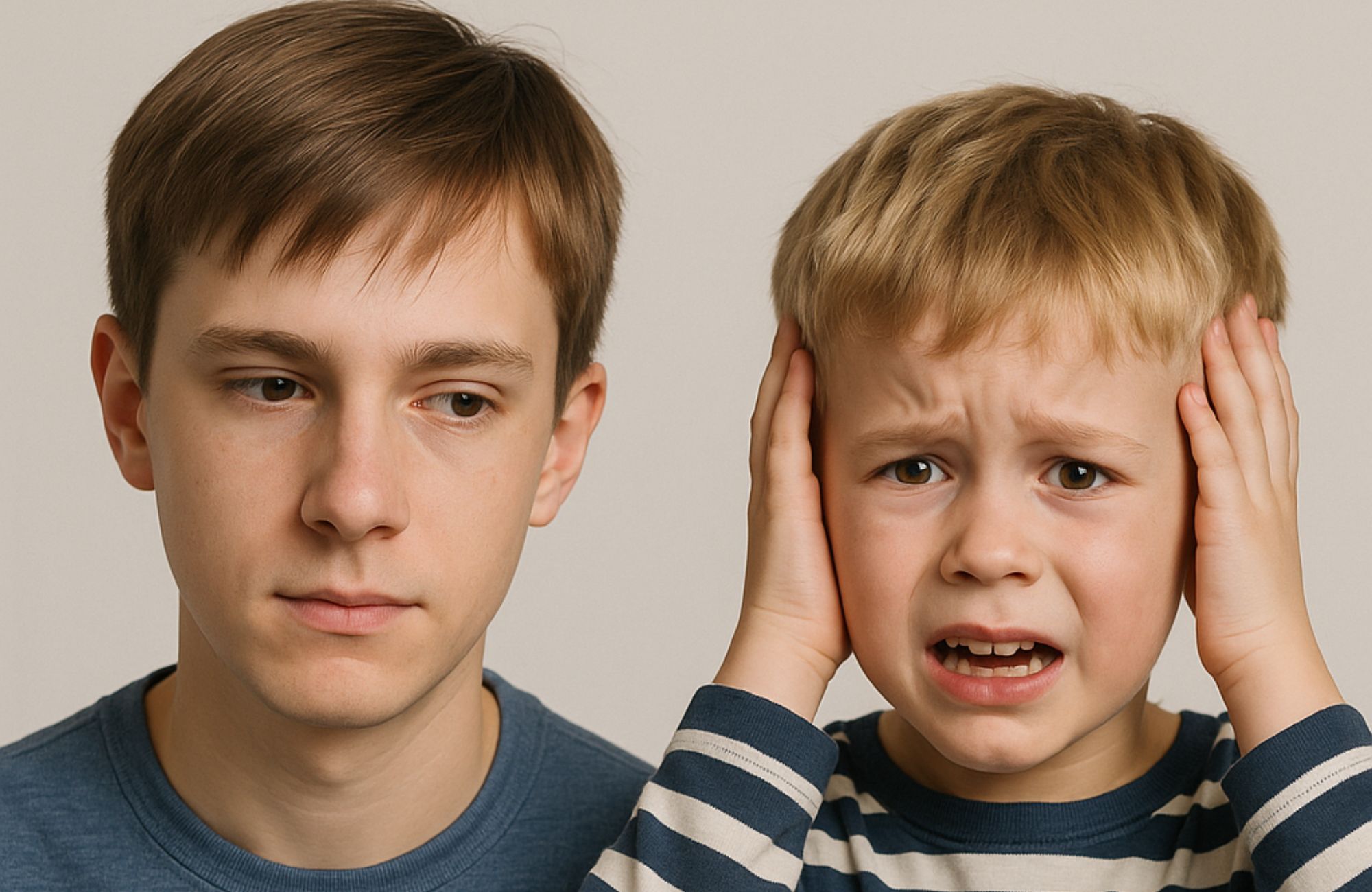10 Signs Your Baby Is Not Autistic: A Complete Developmental Guide
As parents, we naturally worry about our children’s development. The early years of a child’s life are filled with incredible growth and changes, and it’s normal to question whether your baby is developing typically. One common concern many parents have revolves around autism spectrum disorder (ASD) and whether their child might be showing early signs.
While awareness about autism has increased significantly in recent years, this has also led to heightened anxiety for many parents who might misinterpret normal developmental variations as potential signs of autism. This comprehensive guide aims to provide reassurance by highlighting typical developmental patterns and explaining the reassuring signs that your baby is developing normally.
Understanding Autism Spectrum Disorder
Before exploring the signs that your baby is developing typically, it’s helpful to understand what autism spectrum disorder (ASD) is. ASD is a complex neurodevelopmental condition that affects how individuals perceive the world, communicate, and engage socially. It’s called a “spectrum” because the challenges and strengths vary widely from person to person. Core traits often include difficulties with social communication and interaction, as well as restricted or repetitive behaviors and unusual responses to sensory input. These signs usually begin in early childhood, although they may not become fully apparent until social demands increase. While early detection and intervention can make a big difference, it’s just as important not to confuse normal developmental differences with signs of autism.
10 Reassuring Signs Your Baby Is Not Autistic
While no single behavior can definitively rule out autism, these patterns of development are typically seen in children who are developing along a neurotypical path.
1. Consistent Eye Contact
Babies who are developing typically will usually make eye contact from an early age. By 2-3 months, your baby should look at your face during interactions like feeding and diaper changes. By 6 months, this eye contact becomes more consistent and is used actively during social interactions.
It’s worth noting that eye contact norms vary across cultures, with some cultures considering direct eye contact less appropriate. What matters more than the quantity of eye contact is whether your baby uses it as part of social communication like looking at you when you speak, or to get your attention.
2. Social Smiling and Laughing
The social smile, a smile in response to your face or voice, typically emerges between 6-8 weeks of age. By 3-4 months, most babies laugh in response to playful interactions. These responses indicate that your baby is connecting emotionally with others and finding social interaction rewarding.
A particularly reassuring sign is when your baby smiles spontaneously upon seeing familiar faces or hearing familiar voices, showing they recognize and are happy to see loved ones.
3. Response to Name
By 6-9 months, babies typically begin responding to their names consistently. While they may occasionally not respond when deeply engaged in an activity (just like adults!), a pattern of consistent response to their name is reassuring.
By 12 months, most typically developing babies will turn toward the person calling their name most of the time, showing they understand that their name refers to them.
4. Joint Attention Behaviors
Joint attention—the shared focus of two individuals on an object or event—is a critical social skill that typically develops between 9-14 months. Your baby demonstrates this by:
- Looking where you point
- Pointing to show you things they find interesting
- Alternating their gaze between an interesting object and your face
- Bringing objects to show you
These behaviors indicate your baby understands that experiences can be shared with others, which is a fundamental social skill.
5. Interest in Social Interaction
Typically developing babies show a natural interest in people. They:
- Seek comfort from caregivers when upset
- Show a preference for familiar people
- Express interest in other children (even if they don’t know how to play with them yet)
- Display separation anxiety, which actually indicates healthy attachment
A baby who lights up when family members enter the room reaches to be picked up, or shows distress when separated from parents demonstrates healthy social attachment.
6. Babbling and Early Communication
Babbling is an important precursor to speech that usually begins around 6 months. By 9-10 months, babbling typically becomes more complex, with varied consonant and vowel combinations (like “babababa” or “dadada”).
Particularly encouraging is when babies engage in conversational babbling—taking turns making sounds with you as if having a conversation. This turn-taking shows an understanding of communication basics.
7. Language Development Progression
While the timeline for first words can vary, most typically developing children understand simple words and phrases before they begin speaking, say their first words around 12 months (with a normal range of 9 to 18 months), gradually build their vocabulary, and start combining words between 18 and 24 months. Throughout this developmental journey, children also build crucial communication skills like using gestures, maintaining eye contact, and engaging in turn-taking interactions, with multilingual children developing these abilities across all their languages simultaneously.
8. Imitation of Sounds and Actions
Imitation is a key learning tool for typically developing babies, especially between 9 and 12 months. During this stage, many babies mimic simple gestures like clapping or waving, copy facial expressions, attempt to reproduce sounds or word approximations and imitate basic actions with objects. A baby who observes and then tries to copy you is demonstrating important social learning skills.
9. Flexible and Pretend Play
Rather than fixating on one feature or action, typically developing babies explore toys in varied and creative ways—banging, stacking, rolling, or pretending objects are something else entirely. This kind of flexible play shows curiosity, imagination, and cognitive growth. By 12 to 18 months, many babies begin to engage in early pretend play, such as feeding a stuffed animal, pretending to drink from an empty cup, or imitating household tasks like sweeping or talking on a toy phone. These behaviors reflect emerging symbolic thinking and a growing understanding of the world around them.
10. Emotional Awareness and Regulation
Typically developing babies begin to recognize others’ emotions, seek comfort when upset, and check a caregiver’s face for cues in unfamiliar situations. They also start to self-soothe using a pacifier, thumb, or comfort object and recover from distress more quickly. These signs show healthy emotional development and growing empathy.
Understanding the Spectrum and Individual Differences
Child development typically follows general patterns, but there is a wide range of what is considered normal. Factors like temperament, environment, family culture, and health all play a role. Some children are naturally more social, others more reserved, and issues like hearing loss can impact development. It is also common for children to be late bloomers in some areas while excelling in others. Not all developmental delays point to autism—some may stem from language delays, sensory differences, or other conditions. Boys and girls may develop differently, with girls often advancing in language skills sooner and boys sometimes progressing faster in fine motor skills. Autism can also present more subtly in girls, making early signs harder to spot.
When and How to Seek Professional Guidance
Regular developmental monitoring is an important part of well-child care, and your pediatrician will assess milestones during routine visits. If you notice anything concerning between visits, do not hesitate to speak up. Early conversations can help determine whether your child is progressing typically or may benefit from additional support.
Be specific when describing behaviors—for example, say “he uses about five words consistently and doesn’t combine them yet” rather than “he doesn’t talk much.” If concerns persist, a developmental evaluation with healthcare professionals such as child psychologists, speech-language pathologists, ABA therapists, or occupational therapists can offer valuable insights. Seeking evaluation is not a sign something is wrong, but a proactive step to support your child’s healthy growth.
Supporting Your Baby’s Development
Whether you have concerns or not, all parents can support their baby’s development in these key areas:
- Social Development: Engage in face-to-face interaction, respond to your baby’s communication, play simple social games, offer opportunities to interact with other children, and narrate social situations to build social understanding.
- Communication Development: Talk to your baby often, read together daily, respond to babbling like a conversation, use gestures with words, and expand on their attempts to communicate.
- Cognitive and Play Skills: Provide age-appropriate toys, show different ways to play, join and gently extend their play, encourage problem-solving, and allow safe exploration.
- Emotional Development: Respond consistently to your baby’s emotions, label their feelings, teach simple coping strategies, create predictable yet flexible routines, and model healthy emotional expression.
Conclusion
Watching your baby grow is a joyful and sometimes uncertain journey. While every child develops at their own pace, recognizing reassuring signs of typical development can offer peace of mind. If something doesn’t feel quite right, trust your instincts—early conversations with a healthcare professional can provide clarity and, when needed, timely support. Staying informed and engaged is one of the best ways to nurture your child’s unique potential.
At Affinity ABC, we are here to support you through every stage of your child’s development. Whether you’re looking for guidance, evaluation, or early intervention, our caring team is ready to help. We understand that each child grows at their own pace, and we’re committed to providing the individualized support your family needs. Contact us today to learn how we can help your child thrive.
FAQs
How do I make sure my baby is not autistic?
You cannot guarantee your baby won’t be autistic, as autism has strong genetic roots. Instead, support your child’s development by tracking developmental milestones and staying attentive to their social and communication skills. If you have concerns, seeking further evaluation from a professional is always a good step.
What do autistic kids like?
Autistic children, like all children, have unique interests. Many enjoy predictable routines, sensory play, or deeply focused activities. Observing these preferences can help you better understand your child’s needs and recognize signs your toddler is not autistic.
How to protect a baby from autism?
Autism cannot be “prevented” as it’s largely determined by genetics. Focus on healthy pregnancy practices, providing a nurturing environment, and supporting your toddler’s development while being aware that autism is a neurological difference, not something caused by parenting.
Do autistic babies recognize their parents?
Yes, most autistic babies do recognize their parents, though they might express this recognition differently than neurotypical babies. Some may show less consistent eye contact or different emotional responses, but they typically form strong attachments to caregivers.
